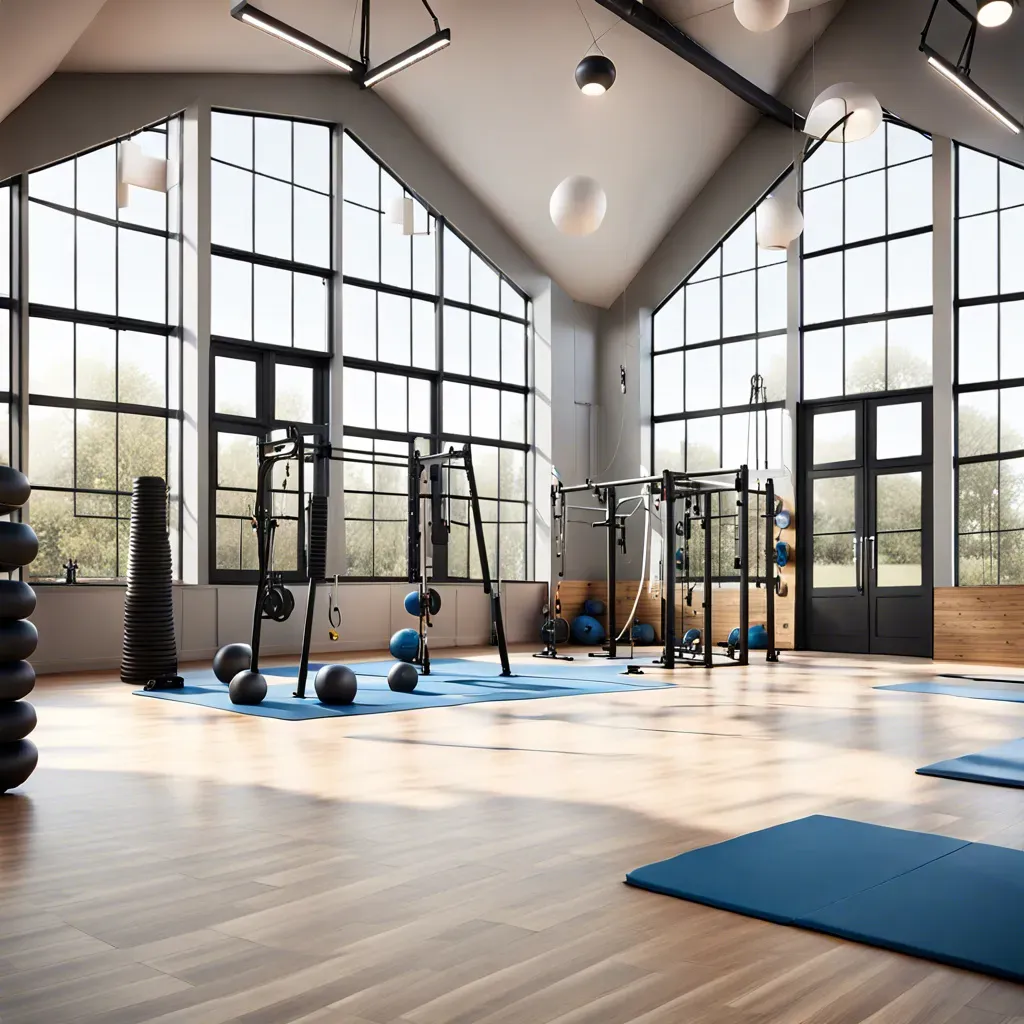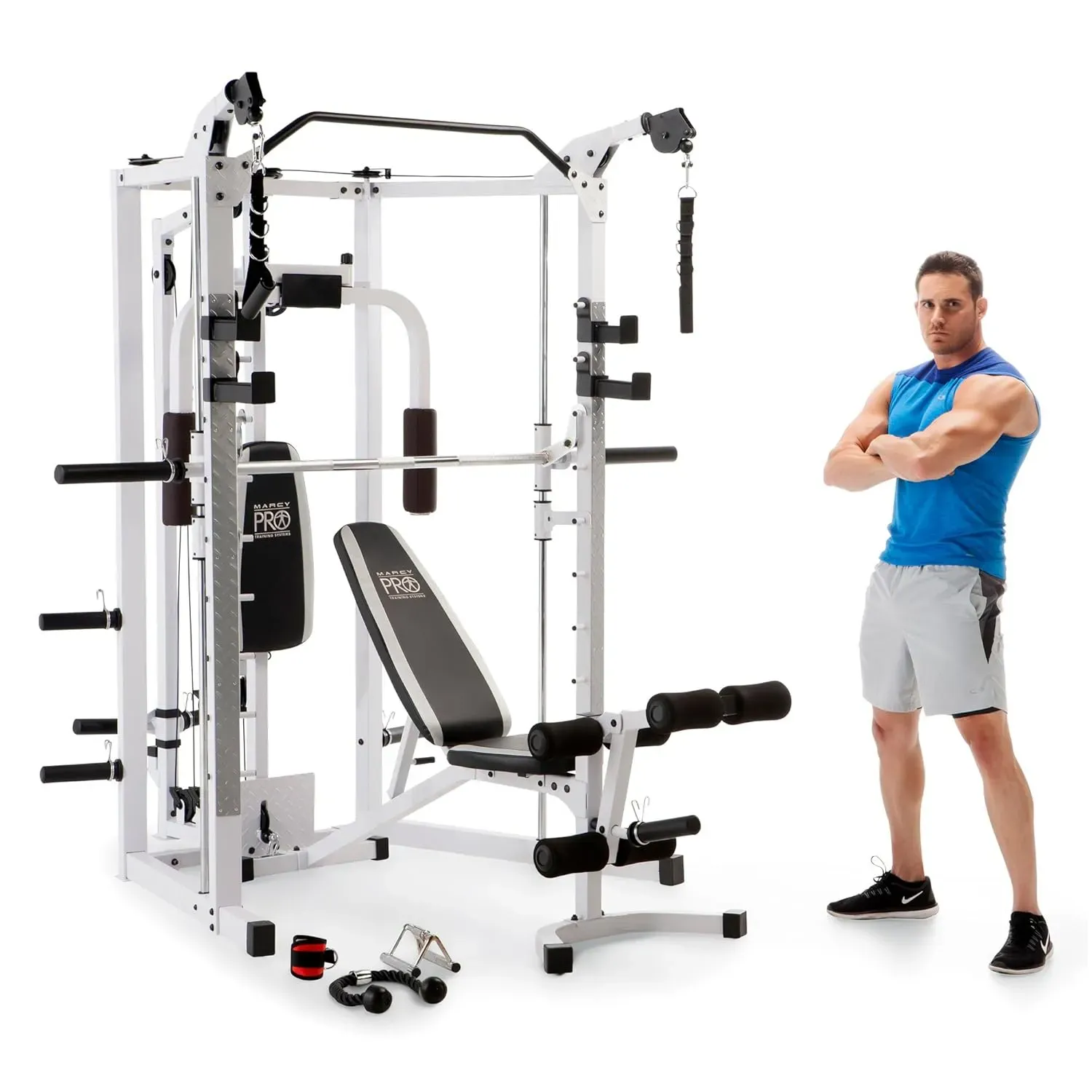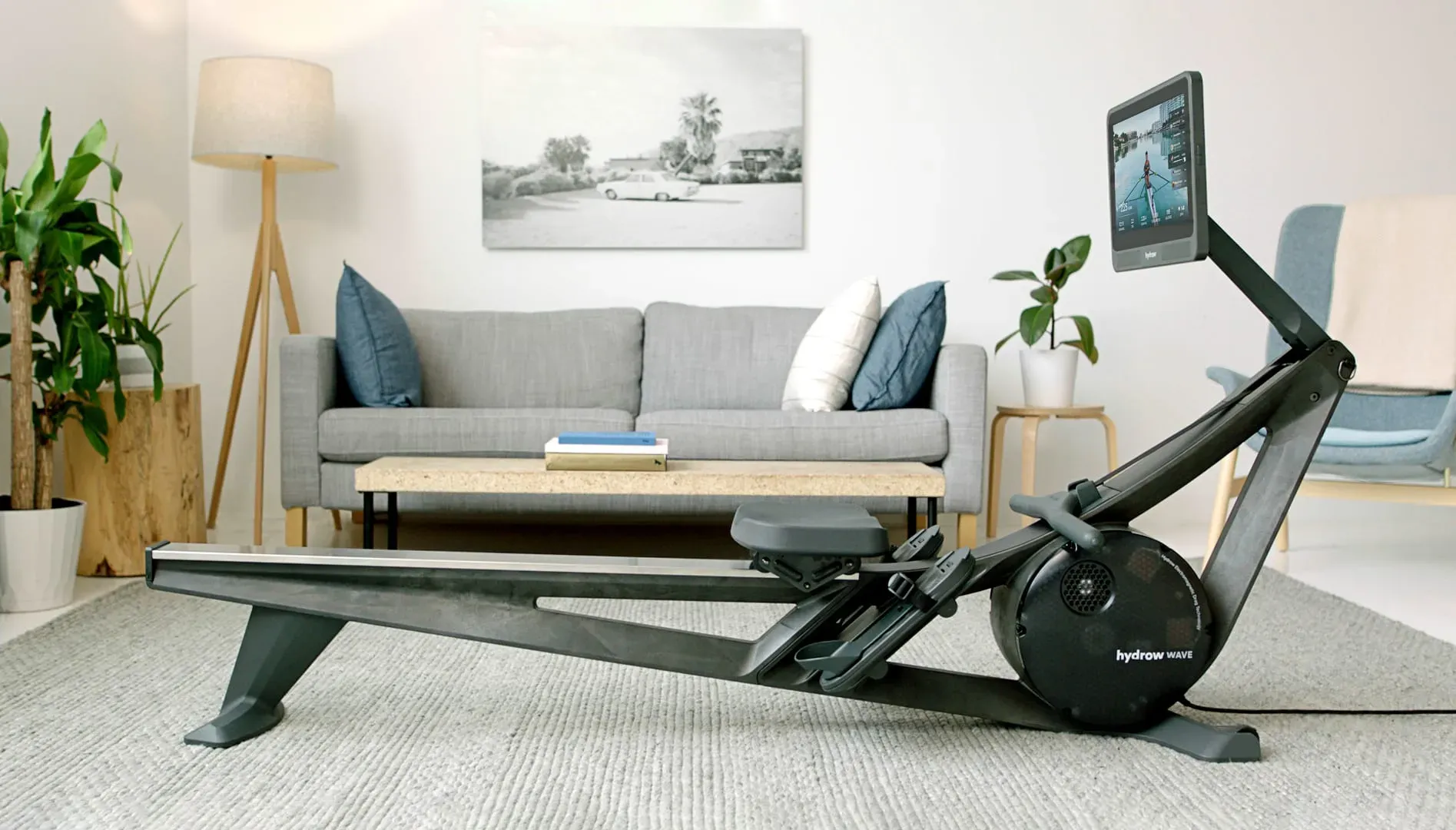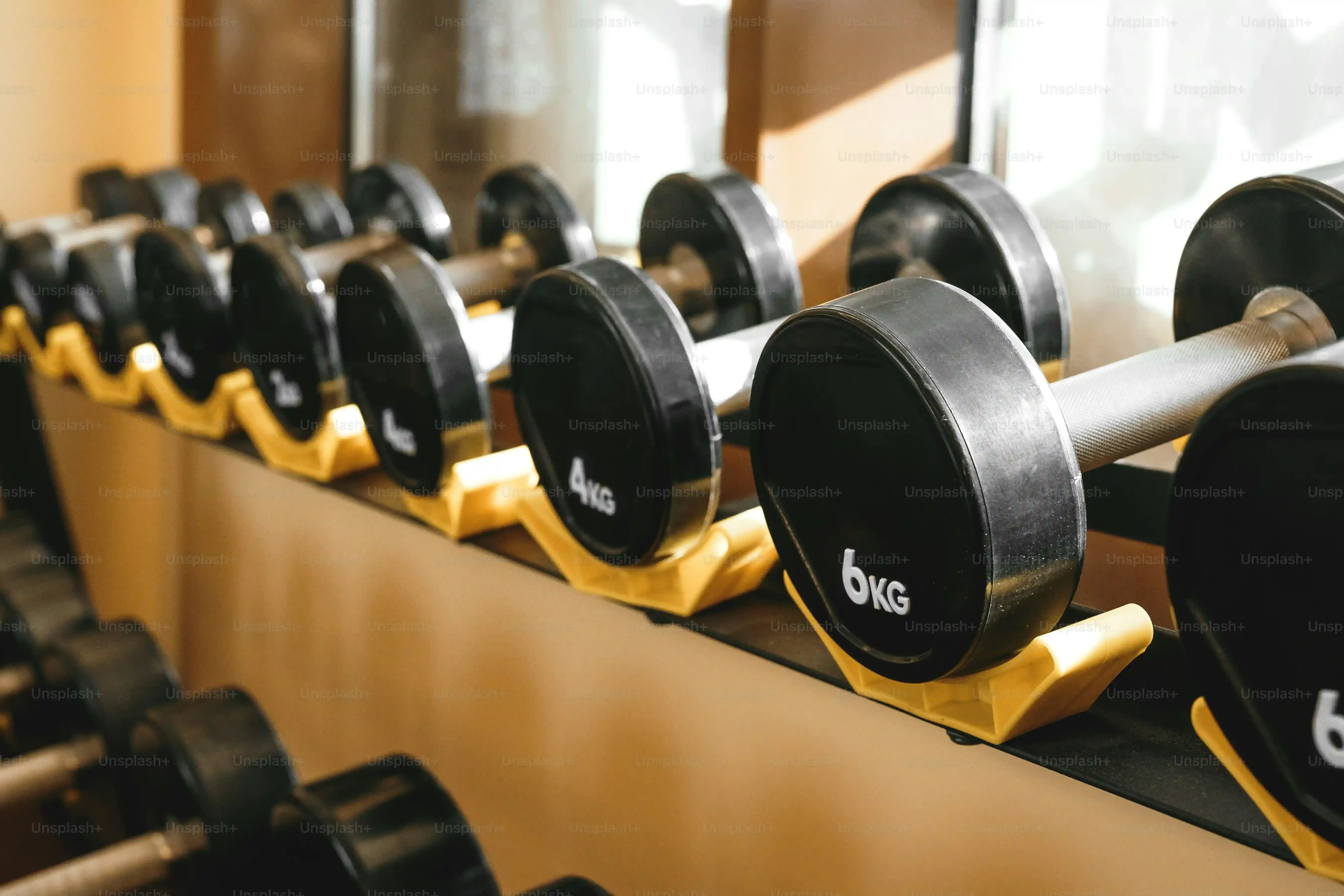Table of Contents
Tired of fighting for the squat rack or inhaling someone else's workout funk at the local gym? Setting up your own fitness sanctuary at home sounds like a dream, doesn't it? No commute, no waiting, just pure, unadulterated workout time whenever you feel like it. The appeal is obvious. But then reality hits: walk into a sporting goods store or browse online, and you're faced with a dizzying array of weights, machines, and gadgets. Suddenly, the question looms large: **what is the best equipment for a home gym**? It's enough to make you want to give up and embrace the couch forever. The truth is, the "best" gear isn't the same for everyone. It depends entirely on the space you have, how much cash you're willing to drop, and, most importantly, what you actually plan to *do* with it. This isn't about building a commercial gym in your basement; it's about creating a functional space that supports *your* fitness journey. We'll cut through the noise, explore the real benefits of a home setup, help you figure out what gear aligns with your goals, and show you how to get started without needing a second mortgage. Let's figure out how to build a home gym you'll actually use.
Why Bother with a Home Gym Anyway?
Why Bother with a Home Gym Anyway?
Escaping the Commute and the Crowds
Let's be honest, dragging yourself to a commercial gym after a long day can feel like a second job. The traffic, finding parking, waiting for equipment – it all adds up, eating into your precious time and motivation. Setting up your own space means your commute is about thirty seconds down the hall. You roll out of bed, throw on some sweats, and you're there. No judgment from strangers, no weird smells, just you and your workout. This convenience alone is a massive win for consistency. When your gym is always open and always empty, suddenly those "I don't have time" excuses start sounding pretty weak.
More Bang for Your Buck (Eventually)
yes, there's an upfront cost to building a home gym. Nobody's denying that. You might drop a few hundred, maybe a few thousand dollars depending on your ambitions. But think about those monthly gym membership fees. They quietly drain your bank account year after year, whether you show up or not. Over time, the initial investment in home equipment often works out cheaper. Plus, you own the gear. It's yours forever. You can tailor your setup exactly to what you need, whether you're into lifting heavy, crushing cardio, or mastering bodyweight movements. It's a personal fitness playground built just for you.
Reasons Why Bother with a Home Gym Anyway?
- Ultimate convenience: Workout anytime, no travel.
- Save money long-term compared to memberships.
- Complete privacy: No waiting, no onlookers.
- Customize your space and equipment to *your* needs.
- Easier to fit workouts into busy schedules.
- Control your environment (music, temperature, cleanliness).
Figuring Out What is the Best Equipment for a Home Gym for Your Goals
Figuring Out What is the Best Equipment for a Home Gym for Your Goals
so you're sold on the home gym idea. Great. Now comes the slightly less glamorous part: figuring out what you actually *need*. This isn't like buying a new gadget just because it looks cool. Building a home gym that works means being brutally honest about your fitness goals. Are you trying to pack on muscle mass? Shed a few pounds? Improve your endurance? Just move more so your back stops aching? The answers to these questions are the compass guiding you to figuring out what is the best equipment for a home gym *for you*. Don't fall into the trap of buying a massive multi-gym if all you want to do is yoga and light cardio. That expensive piece of metal will just become a very effective laundry hanger.
Essential Gear: What is the Best Equipment for a Home Gym When Starting Out?
Essential Gear: What is the Best Equipment for a Home Gym When Starting Out?
Starting Simple: The Non-Negotiables
so you've figured out your goals and you're ready to start buying gear. Don't blow your budget on the first shiny thing you see. When you're just figuring out what is the best equipment for a home gym for *your* needs, start small. Think versatile, effective, and relatively inexpensive. A good set of adjustable dumbbells is gold. They save space and cover a huge range of exercises. You can hit biceps curls, shoulder presses, lunges, and even some rowing variations. Pair those with a sturdy kettlebell – maybe a medium weight to start. Kettlebells are fantastic for dynamic movements like swings, snatches, and goblet squats, working your whole body in a different way than dumbbells. These two items alone unlock dozens, if not hundreds, of exercises.
Adding Layers: Bands, Balls, and Bars
Once you have your core free weights, consider adding some resistance bands. These are ridiculously cheap, take up zero space, and offer resistance for everything from warm-ups and stretching to assisted pull-ups and resistance push-ups. They're perfect for travel, too. A stability ball isn't just for sitting on at your desk; it's a killer tool for core work, chest presses, and even some hamstring exercises. If you have the ceiling height and a sturdy doorframe or wall space, a pull-up bar is a game-changer. Pull-ups and chin-ups build serious upper body strength, and you can also use it for hanging leg raises to torch your abs. These additions build out your home gym's capabilities without requiring a dedicated room or a massive cash injection.
Essential Home Gym Starters:
- Adjustable Dumbbells: Space-saving and versatile.
- Single Kettlebell: Great for dynamic, full-body movements.
- Resistance Bands (Loop and Tube): Portable, cheap, and add resistance or assistance.
- Stability Ball: Excellent for core and balance work.
- Pull-Up Bar: Builds upper body strength (requires space).
Beyond the Basics: Cardio and Recovery
While weights and bodyweight exercises are fundamental, don't forget about cardio and recovery. If running outside isn't your thing or the weather hates you, a jump rope is incredibly effective cardio that costs less than twenty bucks. It's high-impact, yes, but it gets the job done fast. For recovery, a foam roller is non-negotiable. It helps work out kinks and tight spots, improving flexibility and reducing soreness. Think of it as a cheap massage therapist you keep in the corner. These aren't the flashy pieces you see on infomercials, but they are crucial components of a well-rounded home gym setup, helping you stay consistent and injury-free as you figure out what is the best equipment for a home gym for *you* long-term.
Making Your Home Gym Stick: Space, Routine, and Avoiding Buyer's Remorse
Making Your Home Gym Stick: Space, Routine, and Avoiding Buyer's Remorse
Finding Your Fitness Footprint
so you’ve got some ideas about what is the best equipment for a home gym based on your goals. Now, where's this magical fitness zone going to live? You don't need a dedicated two-car garage right away. A corner of the living room, a spare bedroom, even a cleared-out spot in the basement can work. The key is making it a space you *want* to be in. Is it well-lit? Does it have enough ventilation so you're not suffocating after five minutes? Can you actually move around without knocking over a lamp or kicking the dog? Think practical. Measure your space before buying anything larger than a yoga mat. Visualize the equipment there. Will you have room to swing a kettlebell without hitting the ceiling fan? These are the crucial, unglamorous details that make the difference between a functional gym and an expensive storage unit.
Building the Habit, Not Just the Hardware
Having the gear is only half the battle. The shiny new dumbbells won't lift themselves (trust me, I've tried). Making your home gym stick means building a consistent routine. Treat your workout time like any other important appointment. Schedule it. Put it in your calendar. Tell someone about it for accountability. Maybe it's first thing in the morning before the chaos starts, or perhaps it's a midday break to clear your head. Find what works for *your* life and stick to it. Don't wait until you "feel motivated" because some days, that feeling just isn't going to show up. Discipline is the muscle you need to train first. Even 15-20 minutes is better than zero minutes.
Tips for Sticking to Your Home Gym Routine:
- Schedule workouts like appointments.
- Prepare your workout clothes and space beforehand.
- Find a workout buddy (even virtual) for accountability.
- Track your progress (app, notebook).
- Vary your workouts to prevent boredom.
- Reward yourself for consistency, not just hitting big goals.
Avoiding the Dust Collectors
Nobody wants to drop serious cash on a piece of equipment that ends up gathering dust. This goes back to knowing your goals and being realistic about what you'll actually use. Before you buy that fancy machine you saw on an infomercial, ask yourself: Do I know how to use it properly? Does it fit my current fitness level? Will I realistically use this three times a week, or is it just a fleeting interest? If possible, try equipment out before buying. Hit up a friend's home gym, visit a store, or look for places that rent equipment. Reading reviews helps, but your personal experience is king when figuring out what is the best equipment for a home gym *for you*. Start simple, see what you use consistently, and then consider adding more specialized pieces down the line. Your wallet (and your motivation) will thank you.
So, What's the Verdict on the Best Home Gym Gear?
Alright, we've circled back. You came here wondering what is the best equipment for a home gym, hoping for a definitive shopping list. The slightly annoying truth? There isn't one single "best." It's less about checking off every item in a catalog and more about building a space that serves *you*. We talked about ditching the commute and the monthly fees, but the real win is creating a setup that makes working out less of a chore and more of a habit. Start with what makes sense for your goals, your space, and your wallet. A couple of dumbbells and a mat might be all you need to begin. Consistency beats a basement full of dust-collecting machines every single time. Your home gym should be a place you actually want to spend time in, not just another room you feel guilty about ignoring. So, take what you've learned, make a plan, and build a gym that works as hard as you do (eventually).